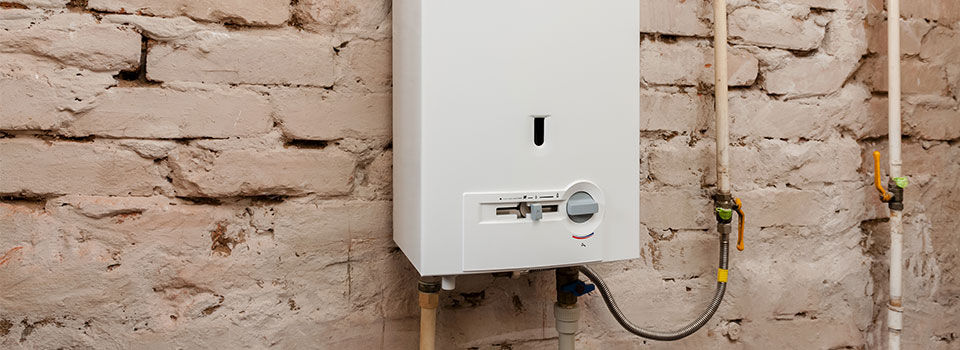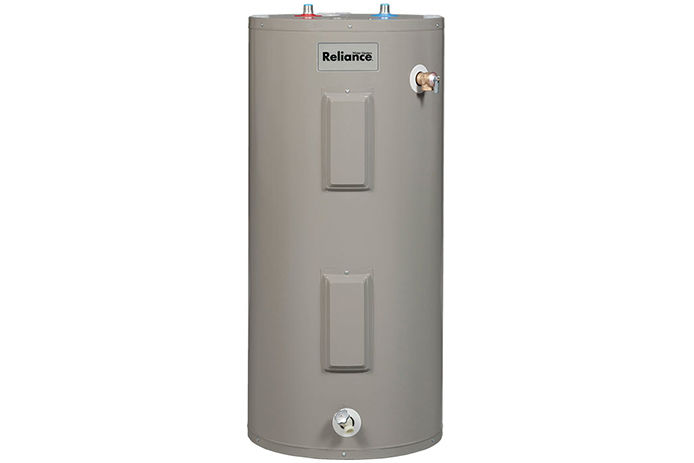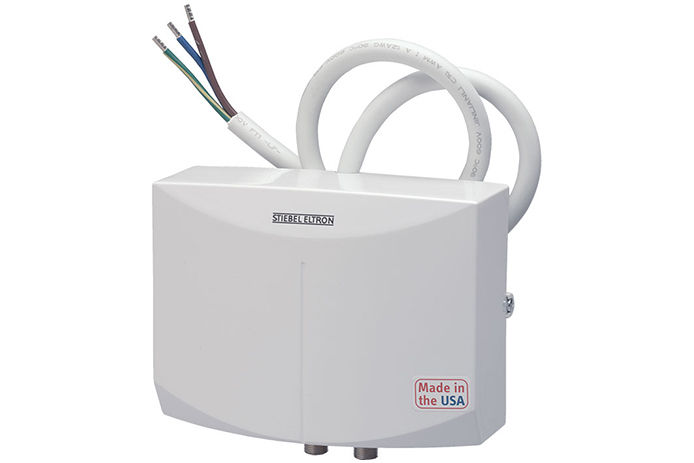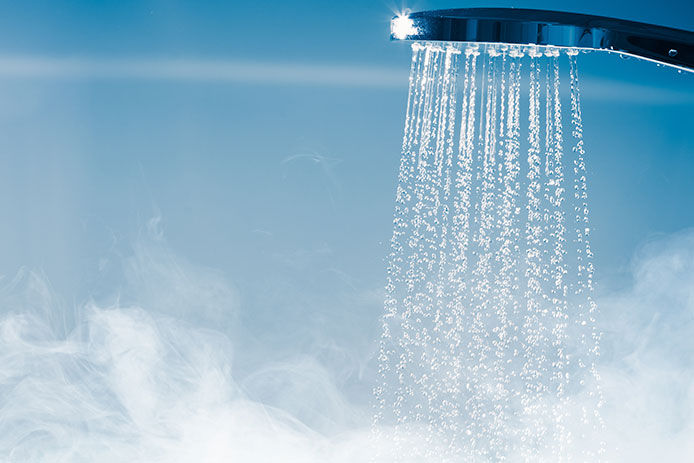The first water heater design that homes came to rely on was known as a standby or tank unit. A relatively large water tank held between 20 and 150 gallons of water at once, heating it constantly to a specific temperature. This water was sent to any hot tap opened in the house, and new water that flowed in would be heated by the element at the bottom of the tank. While this provided a specific amount of hot water, it would eventually run out and leave someone showering in cold water.
Sizing a Tankless Water Heater
It’s not enough to simply add up water demand for a tankless water heater and install a unit. Consider the incoming groundwater temperature as well before assuming a particular unit can overcome a certain heating gap. For example, many cities supply water at a steady 50 or 45 degree F temperature. To bring water up to 100 degrees F for a comfortable bath, the water heater you install must offer at least a 50-degree increase at on-demand rates. Buying a water heater that only offers a 20 or 30-degree increase at standard flow rates will disappoint you in areas with colder groundwater.
Don’t expect a single tankless water heater to handle the whole house. Instead, aim for one unit per bathroom with a tub or shower and another in the kitchen. Smaller appliances like sinks may be covered with a single centrally located unit instead. Of course, laundry rooms will need their own tankless water heaters as well. By combining a set of smaller units, you may be able to save on energy costs in the long run while enjoying a steady flow of hot water.
While do-it-yourself projects can be fun and fulfilling, there is always a potential for personal injury or property damage. We strongly suggest that any project beyond your abilities be left to licensed professionals such as electricians, plumbers, and carpenters. Any action you take upon the information on this website is strictly at your own risk, and we assume no responsibility or liability for the contents of this article.





